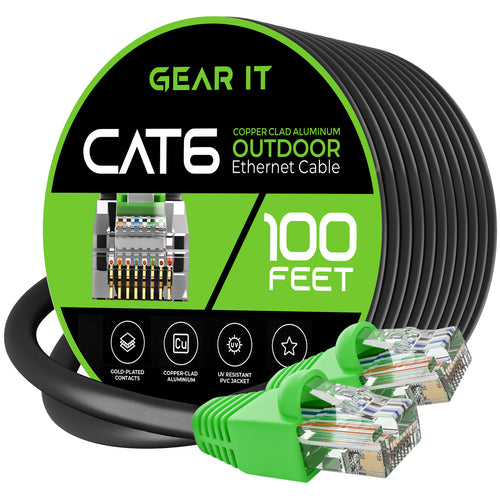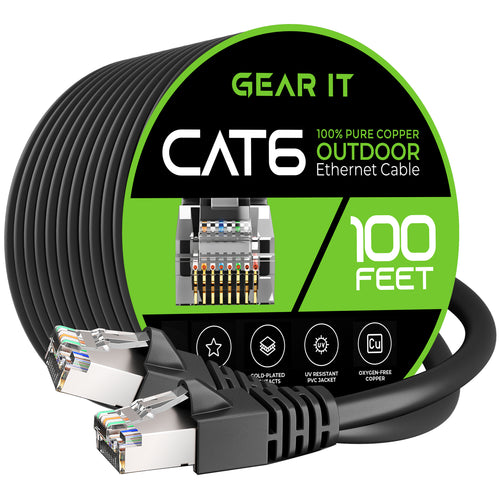
In today's connected world, reliable network infrastructure is critical for homes and businesses alike. Ethernet cables often run outdoors to connect various buildings, security cameras, and other devices. However, these outdoor cables face unique challenges, including physical damage from animals and machinery, as well as the risk of theft. Ensuring these cables remain intact and functional is essential. This article will explore effective strategies for securing outdoor Ethernet cables against physical damage and theft.
Understanding the Threats
Before diving into specific strategies, it's important to understand the common threats to outdoor Ethernet cables:
Strategies to Prevent Physical Damage
1. Use Conduit and Protective Tubing
Encasing Ethernet cables in conduit or protective tubing is one of the most effective ways to prevent physical damage. PVC or metal conduits provide a robust shield against chewing animals and mechanical impact. Ensure that the conduit is rated for outdoor use to withstand weather conditions.
2. Burying the Cables
Burying Ethernet cables is another excellent method to protect them from physical damage and theft. When burying cables:
3. Elevated Installation
Running Ethernet cables along elevated structures like fences, walls, or utility poles keeps them out of reach from animals and machinery. Ensure the cables are securely fastened using weather-resistant clips or brackets.
4. Weatherproofing
Outdoor cables must be weatherproofed to prevent damage from rain, UV rays, and temperature fluctuations. Use weather-resistant Ethernet cables that are designed for outdoor use, and seal all connections with waterproof tape or silicone sealant.
Strategies to Prevent Theft
Regular Maintenance and Monitoring
Regularly inspecting and maintaining your Ethernet cables is crucial to ensure long-term protection. Conduct routine checks for:
Protect Your Network
Securing outdoor Ethernet cables against physical damage and theft is vital for maintaining a reliable network infrastructure. By implementing these strategies—using conduit, burying cables, elevating installations, weatherproofing, and employing theft deterrents—you can significantly reduce the risks. Regular maintenance and monitoring further enhance the longevity and security of your network. Investing in these protective measures will save you time, money, and ensure uninterrupted connectivity for your outdoor network installations.





















































